A​​ll electric motors, you might well think, are endearingly simple, cylindrical, sausage-shaped and similar in weight and efficiency.
They have few moving parts and are much smaller than the combustion engines that they are busy replacing in the world’s cars. Official figures say they make great use of energy, too, producing efficiency figures heading towards 90%. That sounds great, given that the latest and best petrol and diesel engines are well south of 40%.
The truth is less simple. Most current EVs do indeed use sausage-shaped radial-flux motor technology, but in the past few years, a radically different, British-developed, dog-in-the-manger design called Yasa has emerged – an axial-flux electric motor in a disc-shaped layout that’s more efficient and much lighter.
Yasa (standing for yokeless and segmented armature) motor design has already started bringing huge reductions in size and weight to EVs, although not yet mainstream ones. But that’s coming.

In essence, a Yasa motor ditches about 25kg of iron in a Tesla-size sausage motor, replacing it with a much more compact mechanism framework weighing around 3kg. And as a result of its continual development in the hands of an inspired Oxford PhD student, Tim Woolmer, a dozen years ago, its efficiency keeps improving to the tune of 25% per year.
Woolmer says the Yasa principle was “a known technology” when he unearthed it for his PhD thesis in 2008 and built a 27bhp, 88lb ft prototype that weighed a then promising 20kg.
The project was enabled by the emergence of new materials, he says. His investigations showed that the principle would work and he found a way to cope with internally generated heat, which was previously an unclearable hurdle. It seemed promising enough for Woolmer to persist with research after his doctorate had been awarded.
In 2012, he pulled off a historic deal with Jaguar Land Rover and Williams Advanced Engineering to use his motors to power the highly promising Jaguar C-X75 hybrid supercar, which looked like a rival for the Ferrari LaFerrari and McLaren P1.
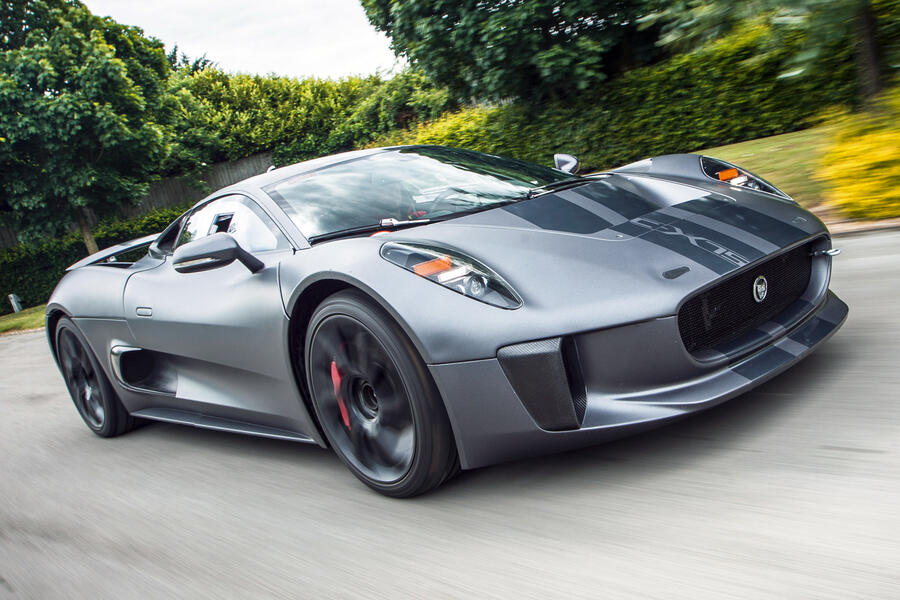

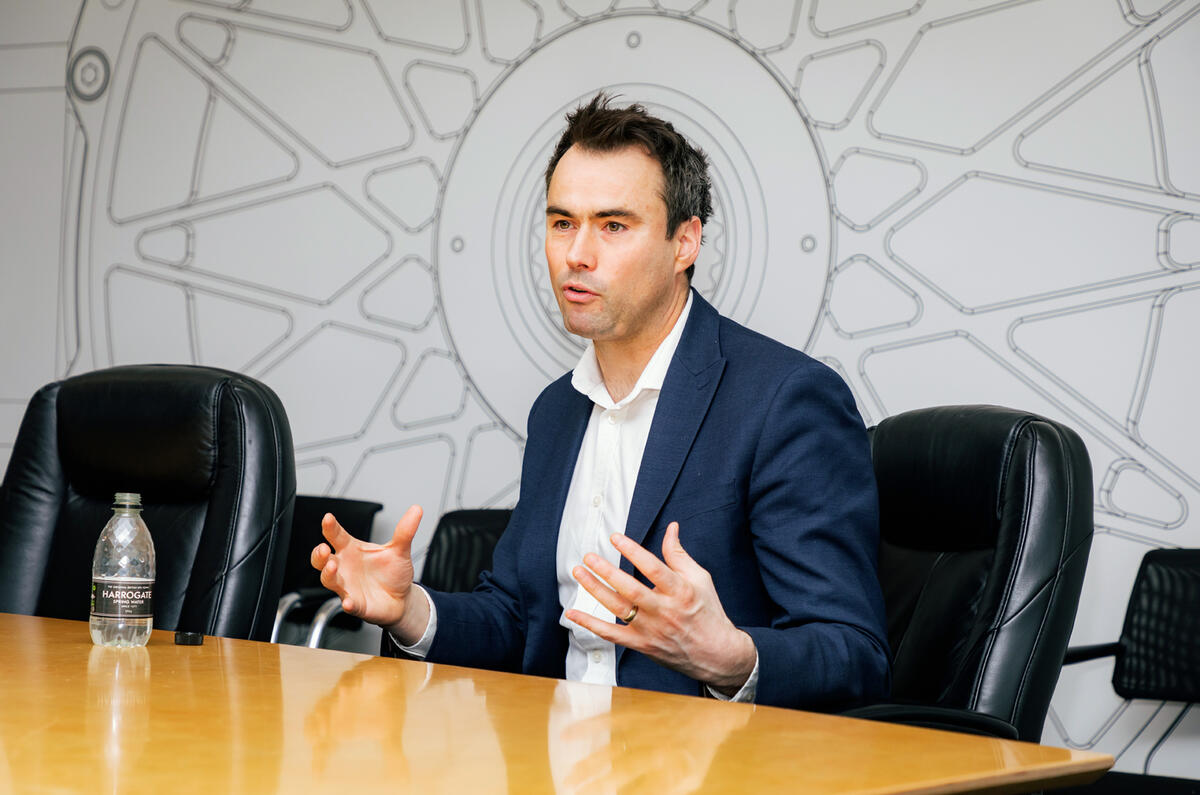
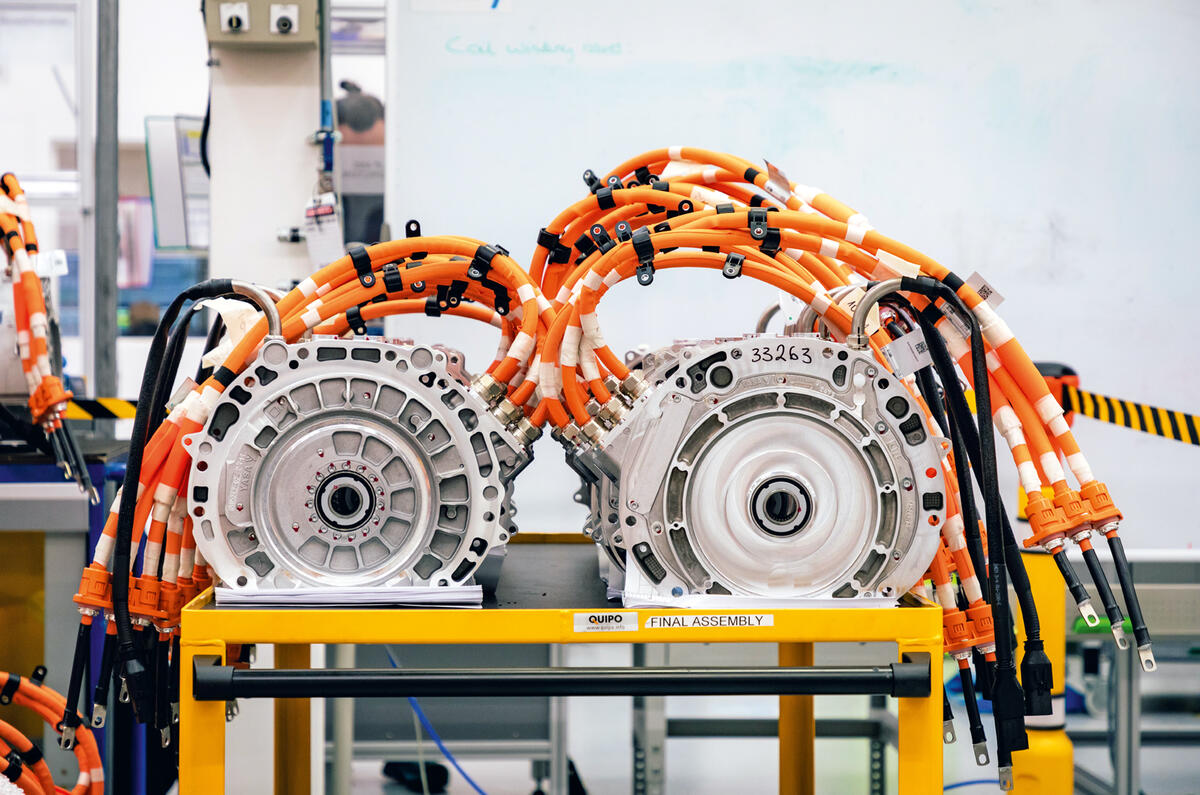
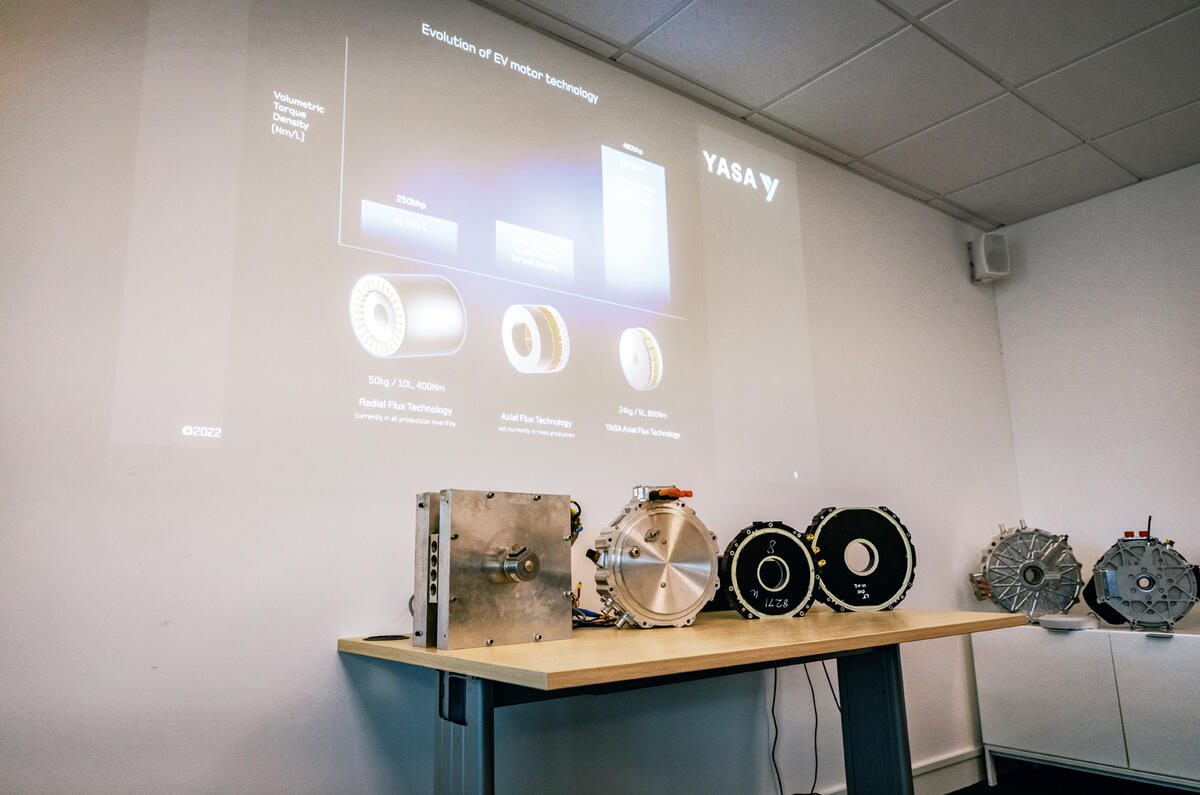
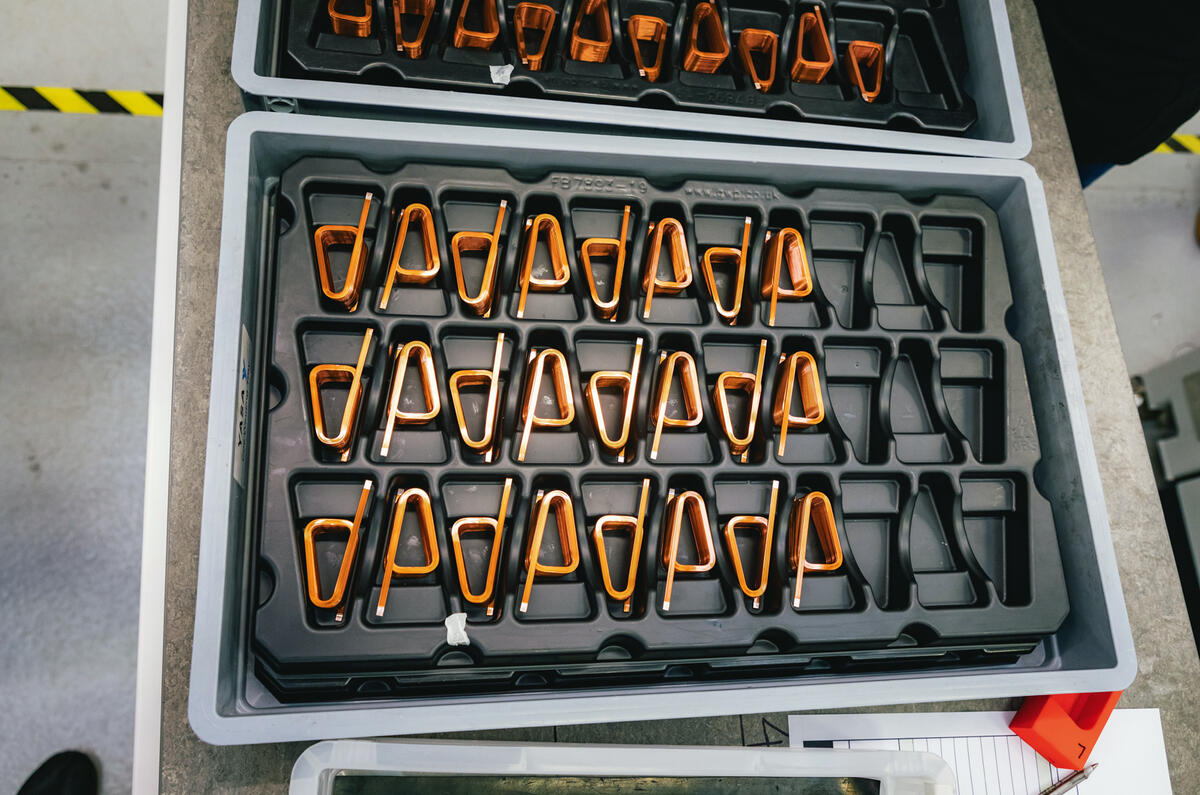
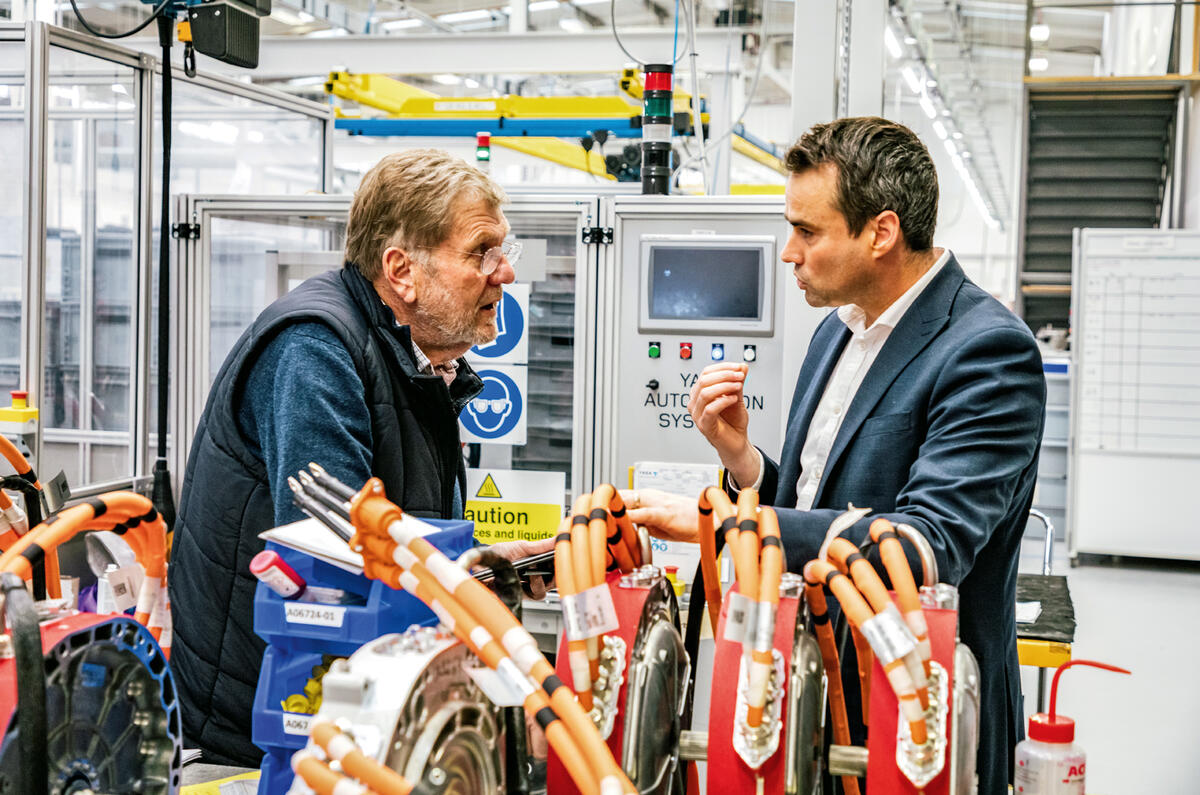
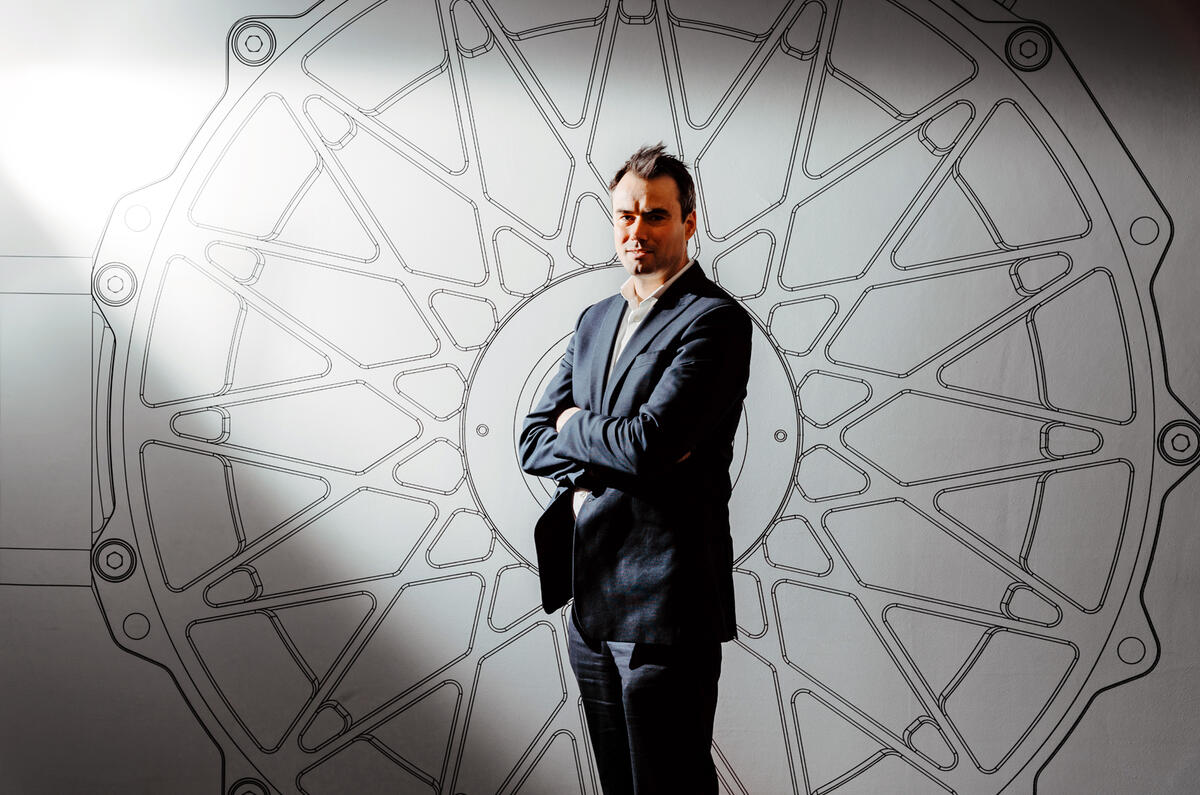
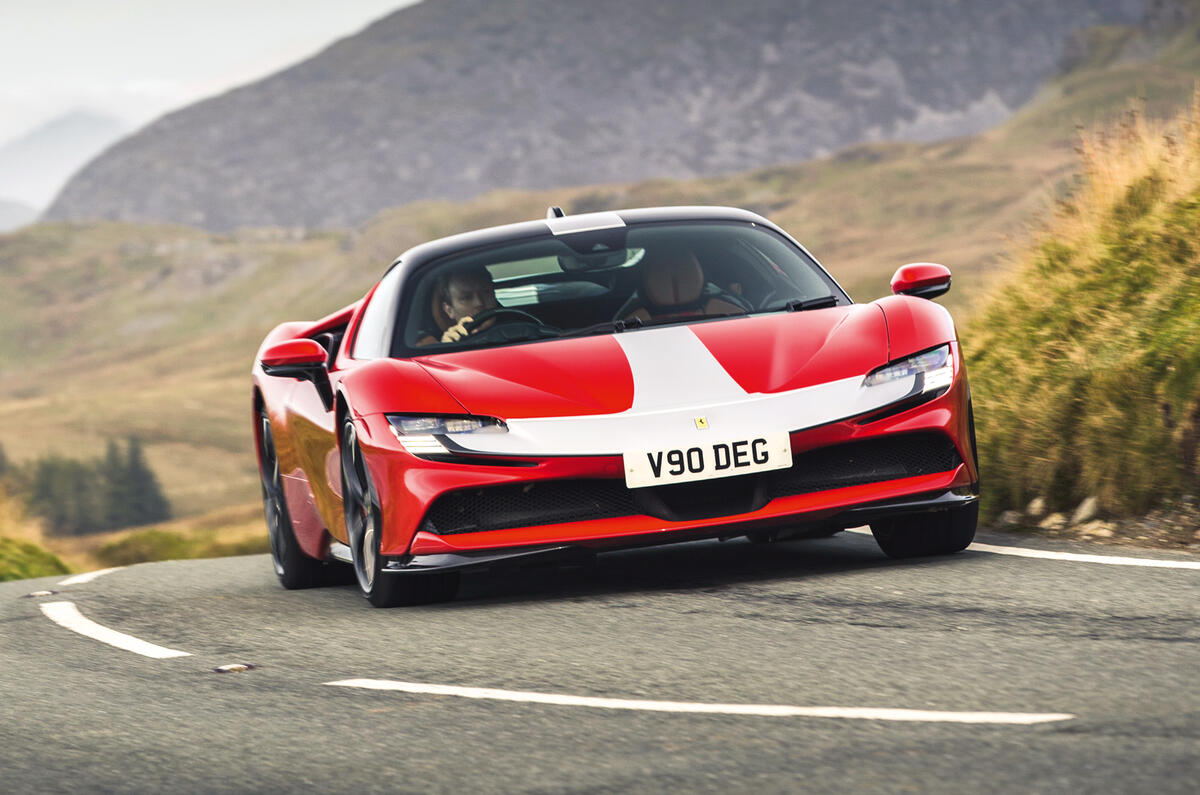
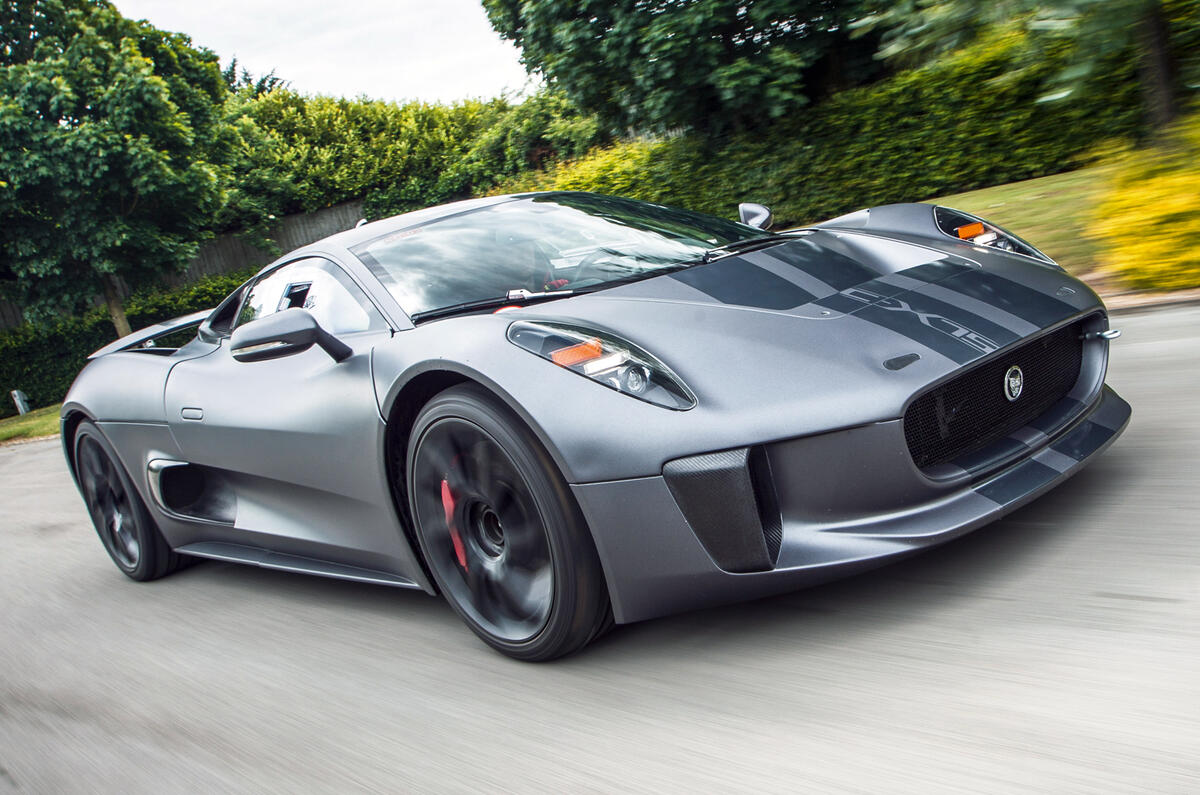

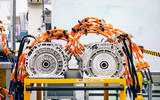
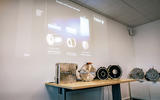
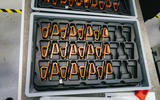
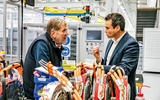


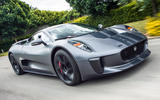

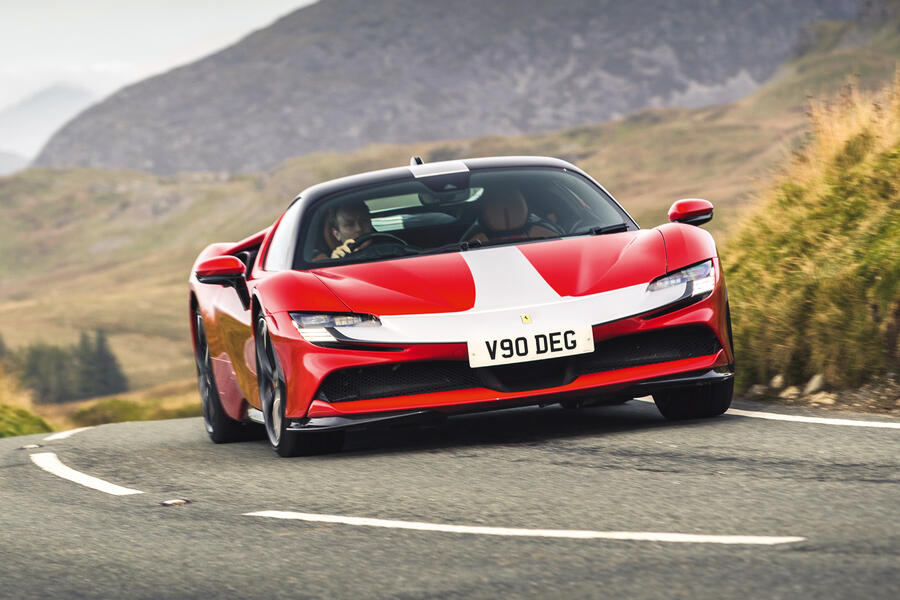
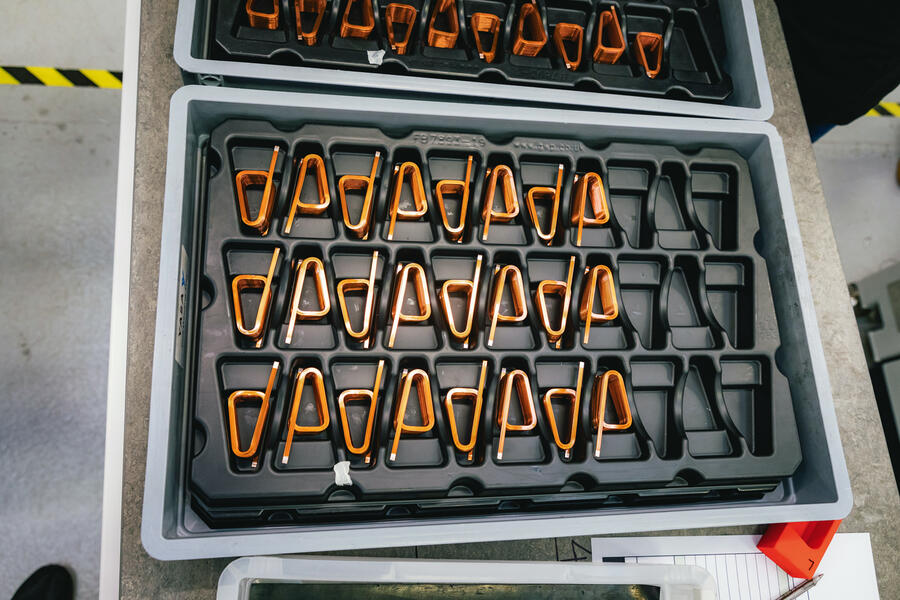
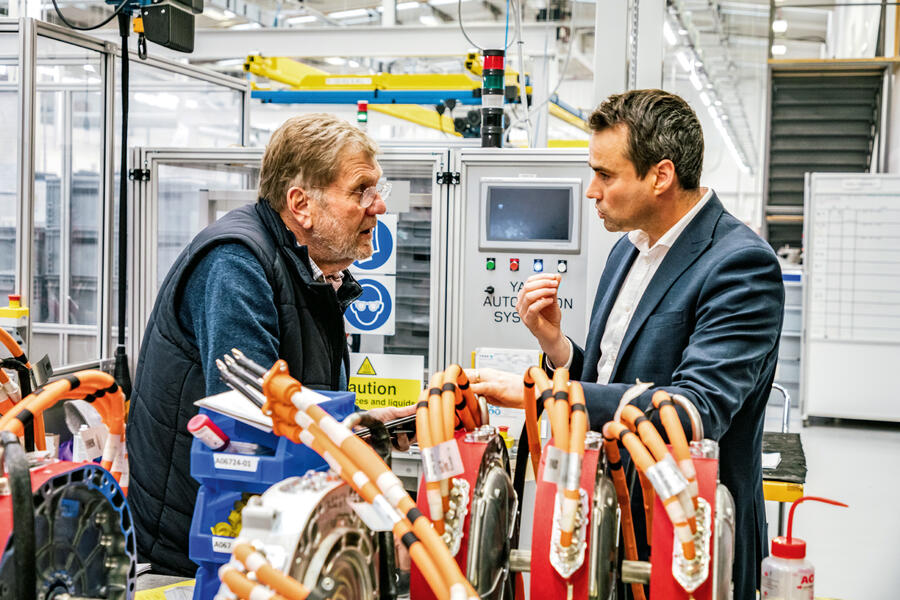
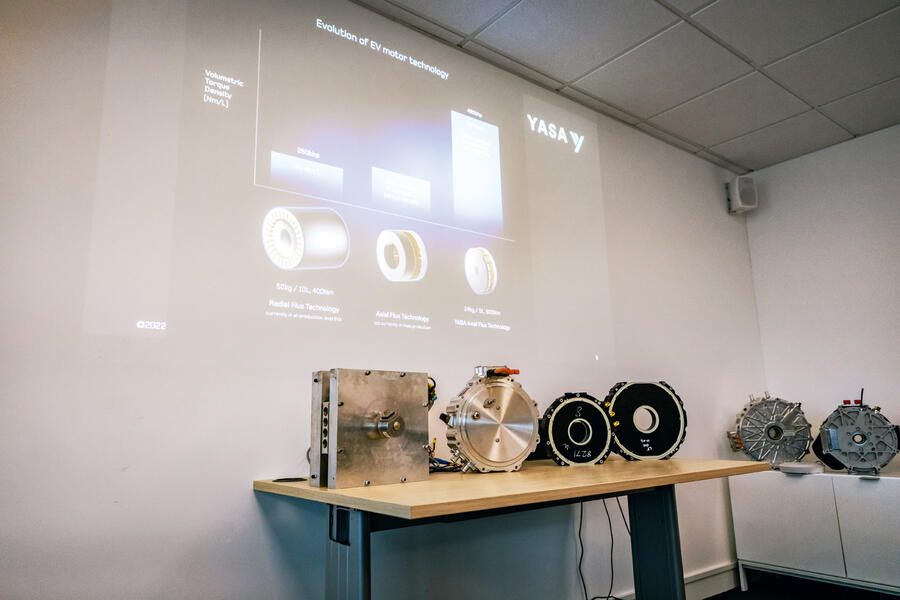





Join the debate
Add your comment
In "Under the Skin" in this week's magazine, it states that the hydrogen fuel cell powered BAC e-Mono will also use axial flux motors (4 of them). Is BAC one of Mercedes "friends" mentioned above, or is there going to be a legal battle over their use?
Good luck! Unfortunately the UK continues under invest in mass production vs ideas. Ideas make a few rich, mass production makes thousands wealthy. It's like when I saw a recent MP talking about investing £25million to set up a new chip factory that sounded a lot to him, when the actual cost is 100 times that amount!